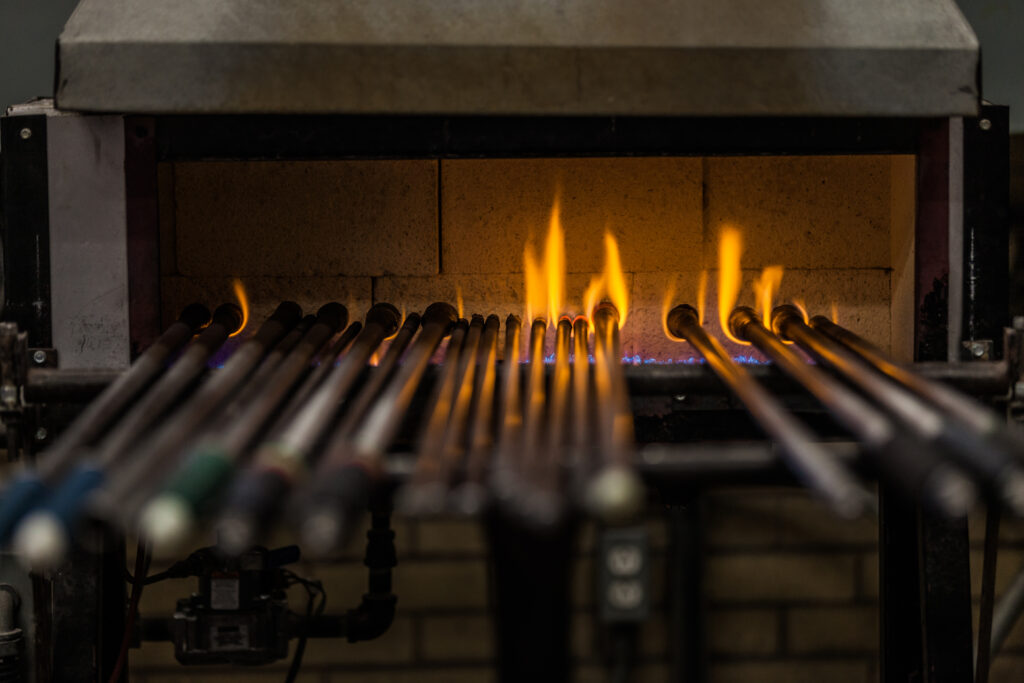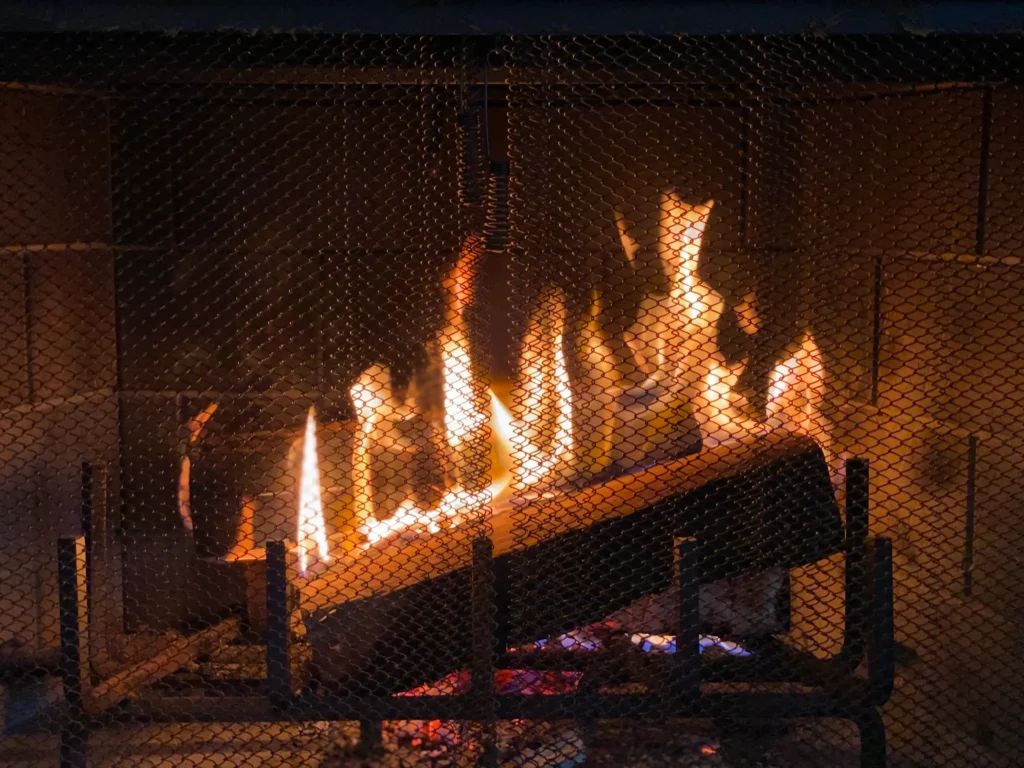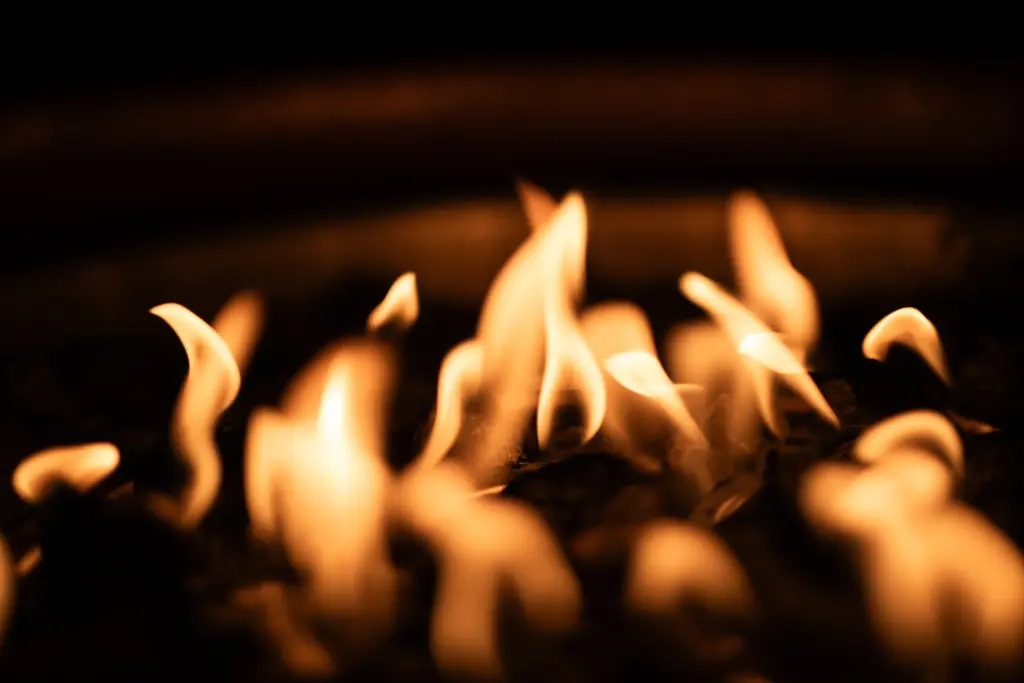When the weather turns cold, few things are as frustrating as discovering that your gas fireplace won’t light. For many homeowners in Ohio, the fireplace is more than just a decorative feature—it provides warmth, ambiance, and comfort during the long winter months. When it fails to ignite, it can leave you wondering what went wrong and whether you need professional help. By understanding the common reasons gas fireplaces fail, the importance of regular maintenance, and when to call in experts, you can keep your home safe and cozy year-round.

Why a Gas Fireplace May Fail to Ignite
Gas fireplaces rely on a combination of fuel supply, ignition systems, and safety mechanisms. If one part of this system malfunctions, the fireplace may not light. Sometimes the issue is minor and easily resolved, but other times it signals a deeper problem that requires a technician’s attention. Either way, knowing the possibilities can help you decide your next step.
The Pilot Light and Its Role
One of the most common reasons a gas fireplace won’t light is a problem with the pilot light. The pilot is a small flame that ignites the main burner when you turn on the fireplace. If the pilot goes out due to a draft, dust buildup, or a faulty thermocouple, the burner will not ignite. Relighting the pilot is often straightforward, but if it continues to go out, a technician should check for deeper issues with the gas valve or safety sensors. The Chimney Safety Institute of America (CSIA) stresses the importance of pilot light inspections as part of routine fireplace care.
Thermocouple and Thermopile Problems
The thermocouple and thermopile are small devices that act as safety guards, ensuring gas only flows when the pilot flame is present. If these parts become dirty or fail, the fireplace may not light. Cleaning contacts or replacing these components often solves the problem, but because they connect directly to the gas supply, a trained professional should handle the work to prevent leaks or unsafe conditions.
Gas Supply Issues
Sometimes the issue is as simple as a closed gas valve. Homeowners occasionally shut off the supply during warm months and forget to reopen it in the fall. In other cases, a blockage in the line or low gas pressure prevents ignition. If you suspect a supply problem, always exercise caution. Gas leaks are dangerous and require immediate professional attention. Never attempt to repair a gas line yourself.

Ignition System Malfunctions
Modern fireplaces often use electronic ignition systems instead of standing pilot lights. These rely on spark igniters or hot surface igniters. If a gas fireplace won’t light, the problem may be a worn-out igniter, a loose wire, or a faulty control board. While batteries in remote controls or wall switches may be easy to replace, diagnosing electronic ignition failures usually requires specialized tools and knowledge.
Dirty or Clogged Burners
Dust, pet hair, and debris can clog the burner ports in your fireplace, preventing the gas from flowing evenly. This can stop ignition or create uneven flames. Cleaning the burner with compressed air or a soft brush may help, but thorough cleaning should be done as part of professional maintenance. Regular care not only improves performance but also reduces the risk of incomplete combustion, which can produce carbon monoxide.
Ventilation and Draft Concerns
Gas fireplaces require proper airflow to burn efficiently. If the vent or flue is blocked, oxygen levels may drop too low for ignition. Birds’ nests, leaves, or creosote buildup from wood-burning inserts can all restrict airflow. Poor ventilation is a safety hazard because it can allow harmful gases to back up into the living space. The National Fire Protection Association (NFPA) highlights annual inspections as a key step in preventing ventilation-related hazards.
Carbon Monoxide Safety Considerations
If your gas fireplace won’t light, it is not just an inconvenience—it can be a warning sign. A malfunctioning fireplace may produce incomplete combustion, leading to carbon monoxide buildup. Because carbon monoxide is colorless and odorless, it is essential to have detectors installed in your home. If you suspect a problem with your fireplace, stop using it until it has been inspected by a qualified technician.
Regular Maintenance Prevents Many Problems
Most ignition issues can be prevented with regular cleaning and inspections. During a service visit, a technician will check gas lines, test safety sensors, clean burners, and ensure the venting system is clear. This proactive care reduces the chances that your fireplace will fail on the coldest day of the year. Routine service also helps identify worn parts before they cause breakdowns.
When to Call for Professional Help
While some simple issues—like relighting a pilot or replacing batteries—can be handled by homeowners, most fireplace repairs require specialized training. Gas lines, safety controls, and ignition systems should never be tampered with unless you have the right expertise. If your gas fireplace won’t light after you check the basics, the safest step is to call in a certified technician.

Upgrading and Improving Your Fireplace
If your fireplace continues to have ignition issues, it may be time to consider upgrades. Newer gas fireplaces offer improved efficiency, advanced ignition systems, and easier maintenance. You can also enhance the look of your living space by learning how to make a fireplace mantel or updating the exterior with modern finishes. Pairing safety and style ensures your fireplace remains both functional and attractive for years to come.
Local Fireplace Services You Can Trust
For homeowners in Lake, Cuyahoga, Geauga, Summit, and Portage Counties, reliable help is close at hand. Green and Clean Home Services provides professional fireplace inspections, cleaning, and repair. Whether you need routine maintenance, troubleshooting, or a full upgrade, trained technicians can restore your fireplace to safe working order.
Conclusion
If your gas fireplace won’t light, don’t ignore the problem or attempt risky DIY fixes. The issue could be as minor as a pilot light that needs relighting or as serious as a gas supply problem. Either way, regular maintenance and professional care are the best solutions. For expert help, contact Green and Clean Home Services today. Serving homeowners across Northeast Ohio, the team ensures your fireplace provides warmth, beauty, and safety all season long.


